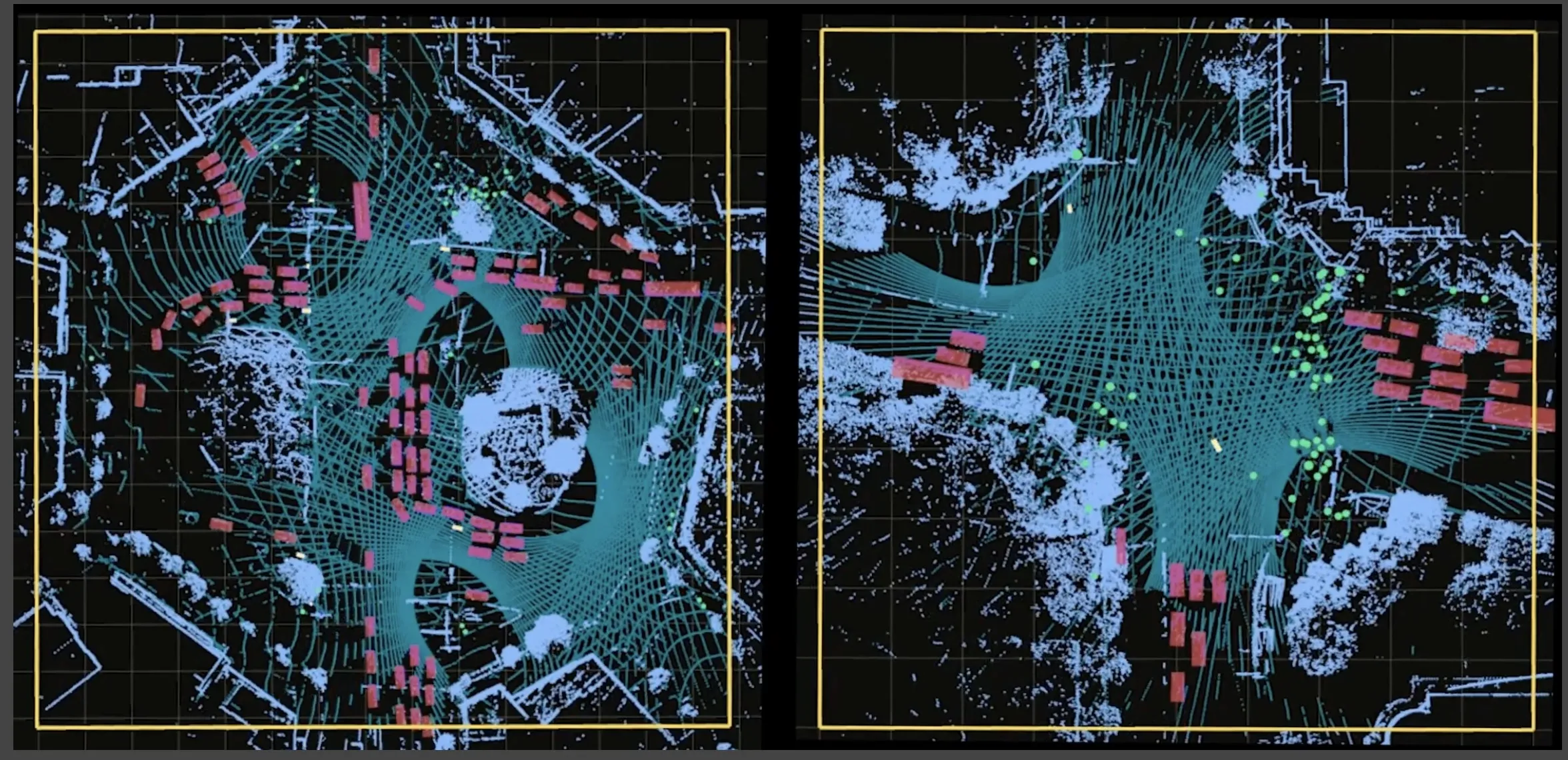Allied Vision Technologies has expanded its best-selling Manta camera series. Alongside two new models - the G-145/30fps and G-201/30fps - each member of the family is getting new firmware with additional functions as well as a wide selection of modular concept variations, including a GigE Vision interface with Power over Ethernet support. The Manta G-145/30fps is based on the already wellknown Manta G-145 with Sony ICX285, but it delivers 30 images per second at full resolution, 1.4 megapixels which is twi
January 24, 2012
Read time: 2 mins

The Manta G-145/30fps is based on the already wellknown Manta G-145 with
Additional optional hardware variants for all Mantra family models include four different turned-head housings to ease fitting the camera into systems where depth clearance is tight. Also new is the Power over Ethernet (PoE) interface. This Gigabit Ethernet interface enables the implementation of so-called 'single cable solutions' within the Manta family, since power is delivered via the data cable. Meanwhile, all Manta cameras now have new firmware with many additional functions for even better camera control, camera adjustment, and image processing.









